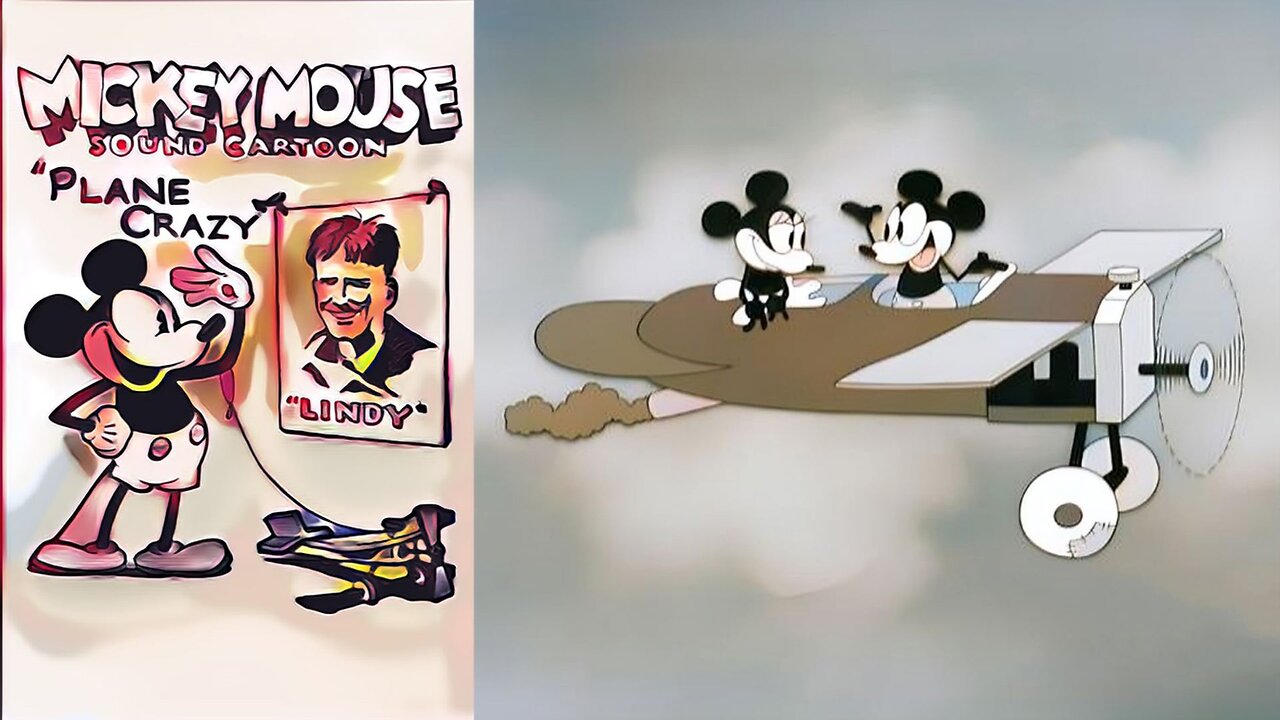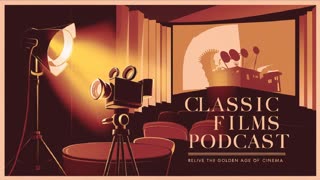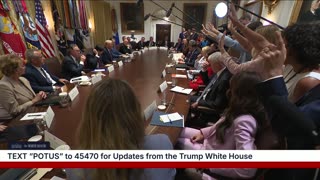Premium Only Content

PLANE CRAZY (1928) Mickey Mouse, Minnie Mouse & Clarabelle Cow | Animation, Family, Comedy | B&W
Plane Crazy is a 1928 American animated short film directed by Walt Disney and Ub Iwerks. The cartoon, released by the Walt Disney Studios, was the first appearance of Mickey Mouse and his girlfriend Minnie Mouse, and was originally a silent film. It was given a test screening to a theater audience on May 15, 1928, and an executive from Metro-Goldwyn-Mayer saw the film, but failed to pick up a distributor. Later that year, Disney released Mickey's first sound cartoon, Steamboat Willie, which was an enormous success; Plane Crazy was officially released as a sound cartoon on March 17, 1929. It was the fourth Mickey film to be given a wide release after Steamboat Willie, The Gallopin' Gaucho and The Barn Dance (1929).
SYNOPSIS
Inspired by Lindbergh's flight from New York to Paris, Mickey builds a plane to take Minnie for a trip involving some necking, though Minnie objects to the necking.
Mickey is trying to fly an airplane to imitate Charles Lindbergh. After building his own airplane, he does a flight simulation to ensure that the plane is safe for flight, but the flight fails, destroying the plane. Using a roadster, a turkey's tail and the remains of his plane to create a new plane, he asks his girlfriend Minnie to join him for its first flight after she presents him with a horseshoe for good luck. They take an out-of-control flight with exaggerated, impossible situations. Clarabelle Cow briefly "rides" the aircraft.
Once he regains control of the plane, he repeatedly tries to kiss Minnie. When she refuses, he uses force: he breaks her concentration and terrifies her by throwing her out of the airplane, catching her with the airplane, and he uses this to kiss her. Minnie responds by slapping Mickey and parachutes out of the plane using her bloomers. While distracted by her, Mickey loses control of the plane and eventually crashes into a tree. Minnie then lands, and Mickey laughs at her exposed bloomers.
CREW
Directed by Walt Disney, Ub Iwerks
Story by Walt Disney, Ub Iwerks
Produced by Walt Disney
Music by Carl W. Stalling
Animation by Ub Iwerks
Production company Walt Disney Studio
Distributed by Pat Powers (Celebrity Productions)
Release dates May 15, 1928 (test screening), March 17, 1929 (wide release)
Running time 5:56 (one reel)
Country United States
Language English
NOTES
Production
The short was co-directed by Walt Disney and Ub Iwerks. Iwerks was also the sole animator for this short and spent just two weeks working on it in a back room, at a rate of over 700 drawings a day. It is also speculated Hugh Harman and Rudolf Ising might have done work for the short as well. The sound version contained a soundtrack by Carl W. Stalling, who recorded it on October 26, 1928, when he was hired, and a month before Steamboat Willie was released.
The point of view shot from the plane made it appear as if the camera was tracking into the ground. When they shot this scene, they piled books under the spinning background to move the artwork closer to the view.
The Film Daily (March 24, 1929): "Clever. Mickey Mouse does his animal antics in the latest mode via areoplane. [sic] The cartoonist has employed his usual ingenuity to extract a volume of laughs that are by no means confined to the juveniles. The sound effects are particularly appropriate on this type of film, and certainly add greatly to the comedy angle with the absurd squeaks, yawps and goofy noises."
Reception
Variety (April 3, 1929): "Walt Disney sound cartoon, produced by Powers Cinephone, one of the Mickey Mouse series of animated cartoons. It's a snappy six minutes, with plenty of nonsensical action and a fitting musical accompaniment. Constitutes an amusingly silly interlude for any wired house. Disney has derived some breezy situations, one or two of them a bit saucy but, considering the animal characters, permissible."
Copyright and preservation status
The silent version was copyrighted on May 26, 1928, eleven days after it was test screened. The copyright for the silent version was renewed on March 14, 1956. The sound version was copyrighted on August 9, 1930 and was renewed on December 16, 1957, but the copyright on the title card of the film says 1929 (MCMXXIX). It is unknown to what extent changes were made between the original silent version and the sound version.
The silent version of the film entered the public domain in the United States in 2024, but the sound version will remain copyrighted until 2025 according to current U.S. copyright law.
-
 9:24
9:24
Lost n Found Films
2 days agoEROTIKON (1929) Podcast | Drama | Timeless Film
63 -
 LIVE
LIVE
ROSE UNPLUGGED
37 minutes agoMore of Less: Purpose, Discipline & the Minimalist Mindset
47 watching -
 1:02:18
1:02:18
Timcast
2 hours agoDemocrat States Ignore English Language Mandate For Truckers, DoT Vows Crackdown Amid Trucker Mayhem
136K37 -
 1:57:04
1:57:04
Steven Crowder
5 hours agoAdios & Ni Hao: Trump Sends Abrego Garcia to Africa But Welcomes 600K Chinese to America
292K231 -
 LIVE
LIVE
The White House
5 hours agoPresident Trump Participates in a Cabinet Meeting, Aug. 26, 2025
2,497 watching -
 1:18:51
1:18:51
Rebel News
2 hours agoCarney's flawed LNG deal, Libs keep mass immigration, Poilievre's plan to fix it | Rebel Roundup
16.6K7 -
 27:39
27:39
Crypto.com
5 hours ago2025 Live AMA with Kris Marszalek, Co-Founder & CEO of Crypto.com
68.1K4 -

TheAlecLaceShow
2 hours agoMAGA Pushback Against Flag Burning EO & 600K Chinese Students | Cashless Bail | The Alec Lace Show
15.2K -
 1:09:18
1:09:18
SGT Report
17 hours agoBIOHACKING 101: MAKING BIG PHARMA IRRELEVANT -- Dr. Diane Kazer
34.4K20 -
 4:58:31
4:58:31
JuicyJohns
6 hours ago $1.49 earned🟢#1 REBIRTH PLAYER 10.2+ KD🟢
51.9K